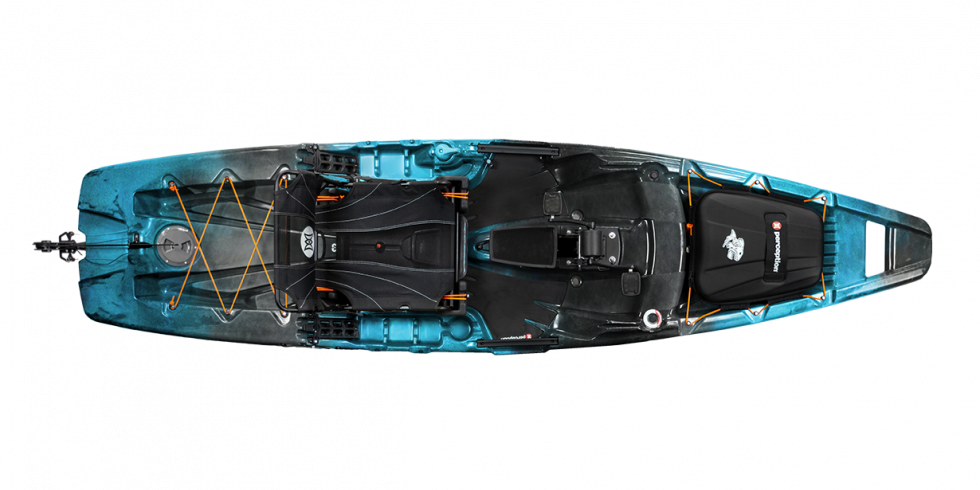
Kayaking 101
Choosing A Kayak
When choosing your right kayak, there are many factors to take into consideration. We recommend talking to your local Perception dealer to help with this decision. Information provided here will help you understand our product line and steer you in the right direction.
Step One – Paddling Style
Where do you want to kayak and what will you be doing? Our kayaks fall into 3 categories. Each category has the right combination of size options, outfitting, storage, and performance features for the intended uses outlined below.
| Attributes | Recreational | Touring | Sea Kayaking |
|---|---|---|---|
| Ideal Types of Water | Ponds, small lakes, bays, slow moving rivers. | Lakes, bays, moving rivers, currents, limited ocean use. | Lakes, bays, moving rivers, rougher currents, ocean. |
| Trip Duration | Day trips | Day or weekend trips (less than 20 miles) | Day or weekend trips, expeditions |
| Skill Levels | Low to Intermediate | Intermediate to Advanced | Intermediate to Advanced |
| Gear Storage | Low to Moderate | Moderate | Moderate to High |
Step Two – Performance Characteristics
Once you’ve gotten a general idea of your paddling style, you are able to narrow it down more precisely by understanding the performance characteristics that are typical for each category. Below is a chart of how each performs relative to the other categories in each characteristic.
| Characteristic | Recreational | Touring | Sea Kayaking |
|---|---|---|---|
| Stability | Best | Better | Good |
| Manageability | Best | Better | Good |
| Speed/Glide | Good | Better | Best |
| Tracking | Better | Better | Best |
| Maneuverability | Good | Better | Best |
Definitions
Stability – general capability of boat’s resistance to tipping over under normal conditions
Manageability – refers to ease of carrying, car topping, and storing the kayak when outside of the water
Speed and Glide – boat’s efficiency moving through the water and potential for higher velocity.
Tracking – boat’s ability to stay in a straight line.
Maneuverability – boat’s ability to turn precisely.
Step Three – Features and Outfitting
Once you’ve decided on a kayak model or two that fits your needs, looking at the features and outfitting can help in making your decision.
- Cockpit: Cockpit outfitting is key to finding the best fit for comfort, safety, and control. Look for inclusion of a thigh brace or backrest, and adjustability if you will be doing longer trips or kayaking rough conditions. Pay attention to cockpit size to ensure it fits your body type.
- Hatches and Bulkheads: Located at either end of the boat, the hatch is the opening to store gear and the bulkhead is the vertical wall that seals the compartment. Also a great safety feature providing buoyancy to the boat.
- Deck Rigging: Deck lines, bungies, and toggles add safety in convenience for certain types of paddling. A spare paddle, compass, navigational charts, and other items can be readily available on deck.
- Rudder: A mechanical device at the stern of the boat that is foot controlled and can aid in both steering and tracking.
- Drop-Skeg: Mechanical device at the stern of the boat that can be deployed or retracted by hand. Aids in tracking, but not steering.
- Sprayskirts: For many sit-inside kayaks, a sprayskirt can help keep your kayak dry inside, especially for sea kayaking use. Check out our sprayskirt fit chart guide to find a Harmony accessory designed for your kayak.
Finally, we offer a variety of sizes in all of our kayak categories to comfortably accommodate paddlers of all proportions. The best way to ensure the right fit is to schedule a demo with your local dealer.


